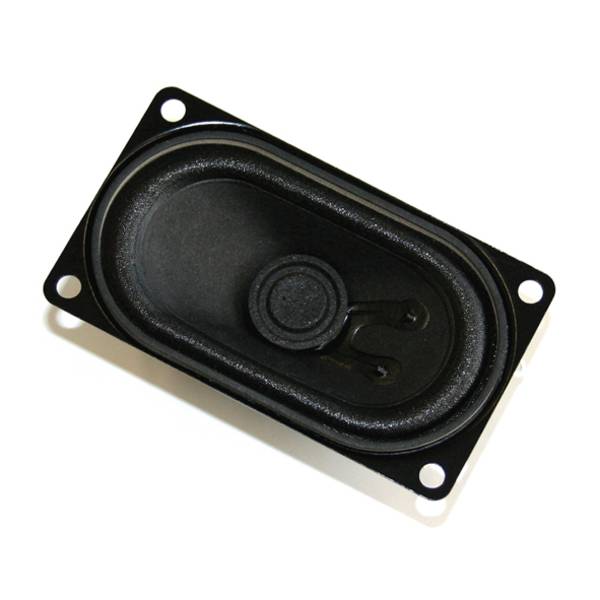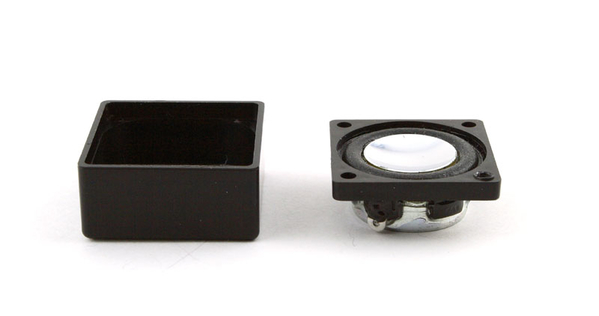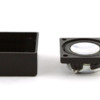There are many other specs on the Visiton site for each driver. These can be used to determine the ideal enclosure size. For the FRS-5X above. These two graphs show how different enclosures can affect frequency response.
The ideal enclosure would be 23 liters to give an optimally flat response and then roll off gradually. The blue line in these graphs.

Note it is nearly flat to 300 hz but down 10db at 100 hz.
The volume of the enclosure that ERR used to provide is .04 liter. Using it with this speaker gives this response.

Note the peak now at 500 hz but at 100 hz response is down 28 db, barely audible.
Most who use an enclosure like this where none existed before will note an increase in volume, the peak at 500 hz but may not realize the loss of the lower frequencies. Maybe they were never recorded in the sound files.
Maybe Rudy or Jon Z would comment if frequencies are deliberately cut to save memory or for any other reason.
I used this site to calculate the graphs. Just plug in the numbers.
http://www.micka.de/en/index.php#ideal
Pete


















